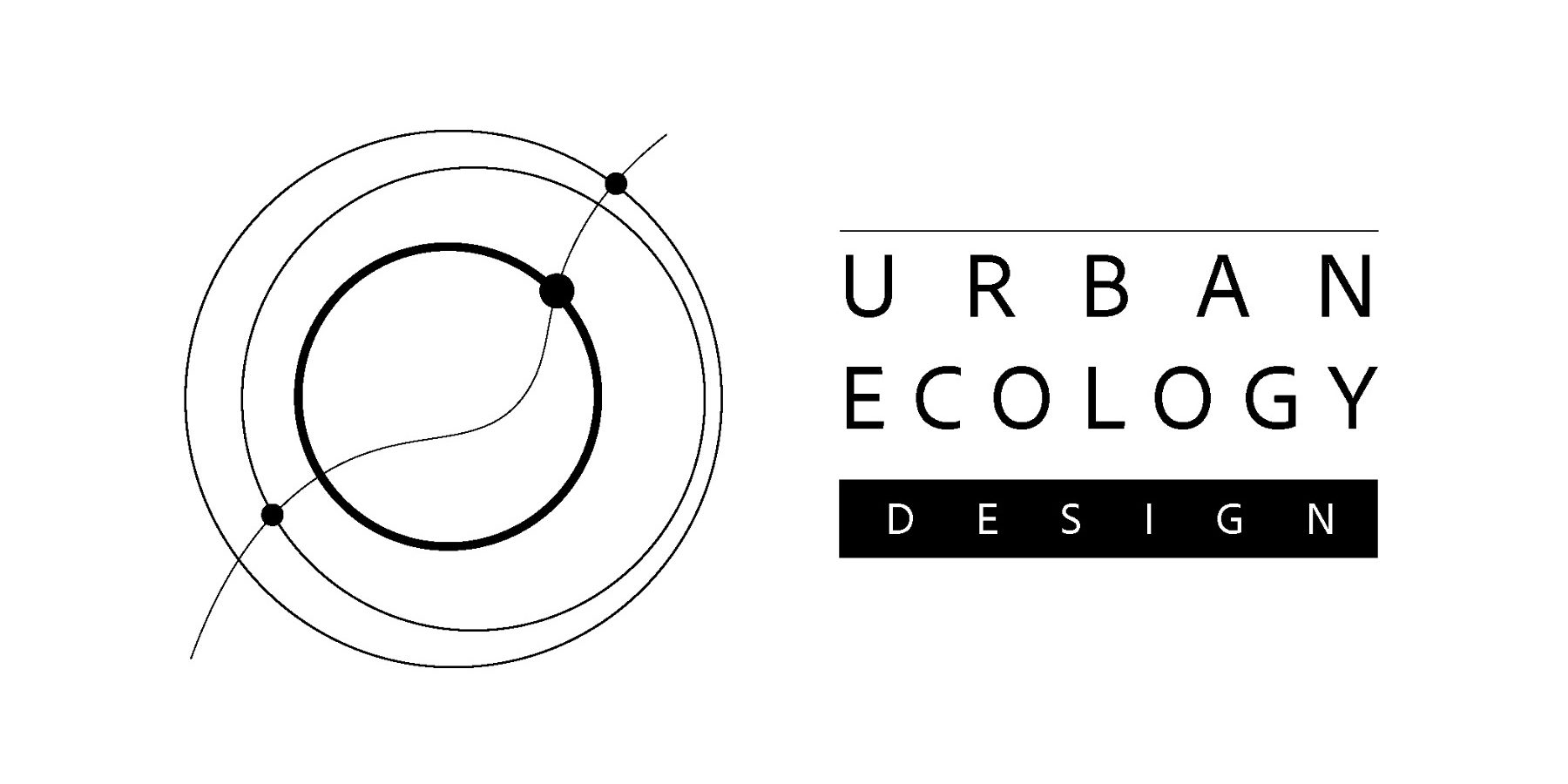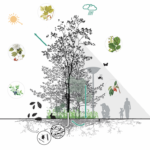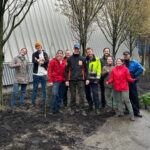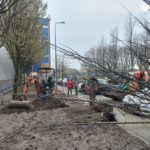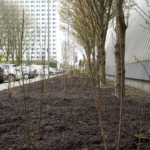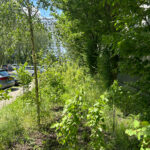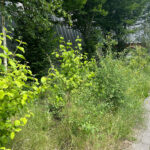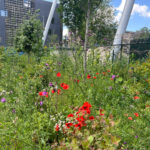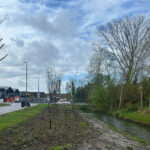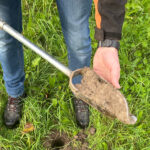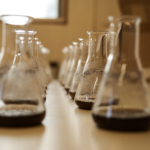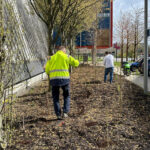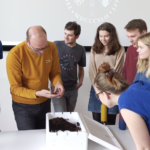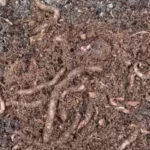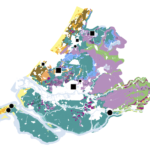Urban Bocage
Vital soil as a foundation for biodiversity and sustainable living environment.

Our climate is changing and within cities, almost-native species seem to grow better here than our native species. The climate in the city is very different from the climate in the natural landscape. If we plant almost-native species, because we expect the climate to shift, what impact will this have on local biodiversity, spontaneous growth and soil quality?

Author
Urban Ecology Design Lab
Location
Delft, the Netherlands
TU Delft Team
Dr. Ir. Nico Tillie
Ir. Rosa de Wolf
René Hoonhout
Design
SYLVA Landscape Architecture & Urban Forestry
Dr. Marco Roos
Soils and Geotechnical consultant Terra Nostra
Planting and softscape contractor AH Vrij
Restoring soil and improving soil structure with worms Megrow
Project links
https://sylva.la/urban-bocage
The Urban Bocage is a new, urban variant of the bocage: a multi-layered and biodiverse slim, linear element in the urban environment. The plot for the Urban Bocage at TU Delft Campus opened up as a result of cut Italian poplars due to storm damage. With the Urban Bocage, we aim to set an example of how to improve biodiversity and soil conditions with the little space left in the urban environment.
In the Urban Bocage, plots with native and almost-native species alternate.
The Urban Bocage in dry conditions was planted in 2023 together with students and employees, this one is located on the Mekelpark side of the Balthasar van der Polweg. The Urban Bocage in wet conditions is planted in 2024 on the Rotterdamseweg side of the Balthasar van der Polweg.
The research is carried out in collaboration with Naturalis and Leiden University.
